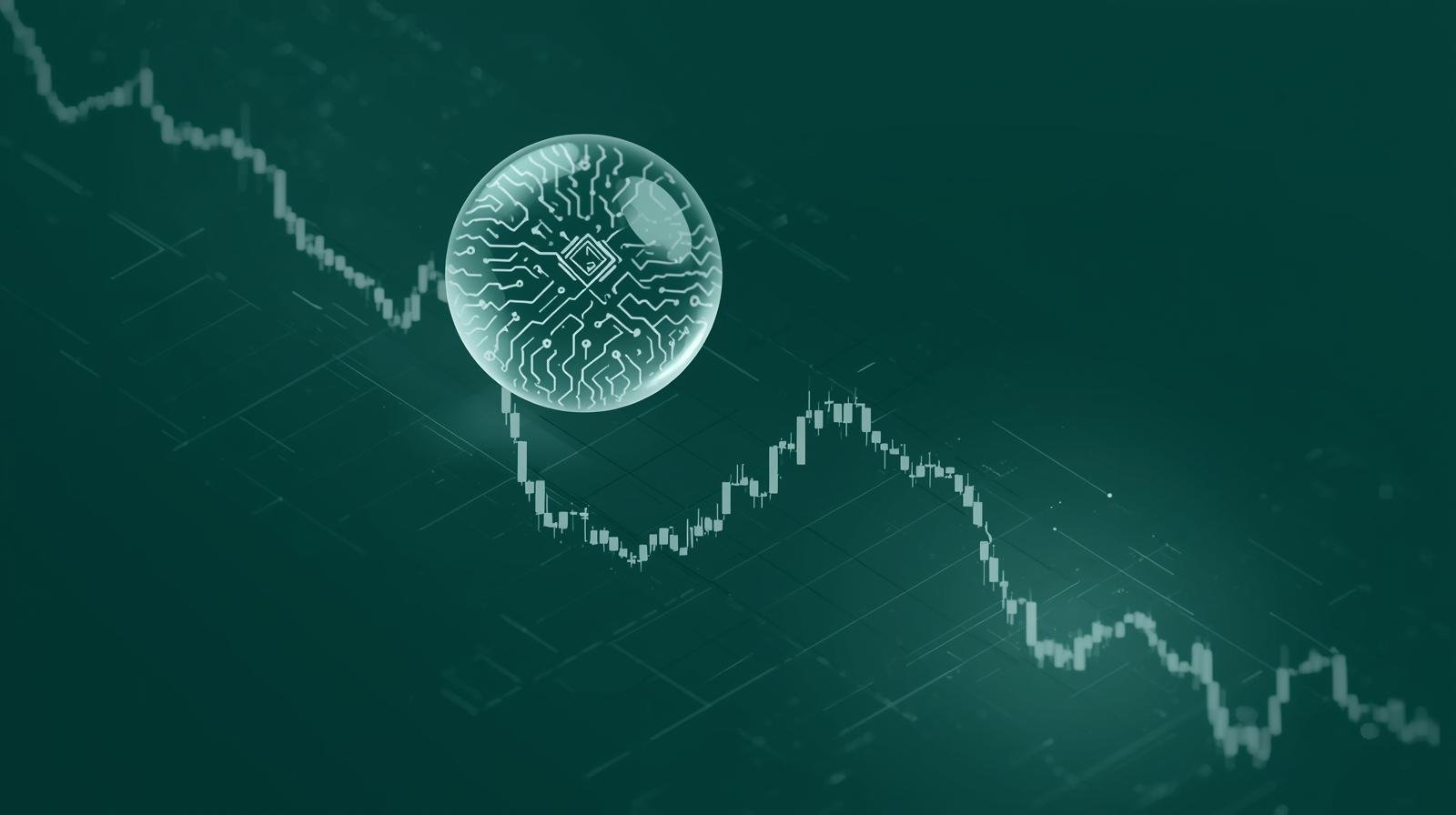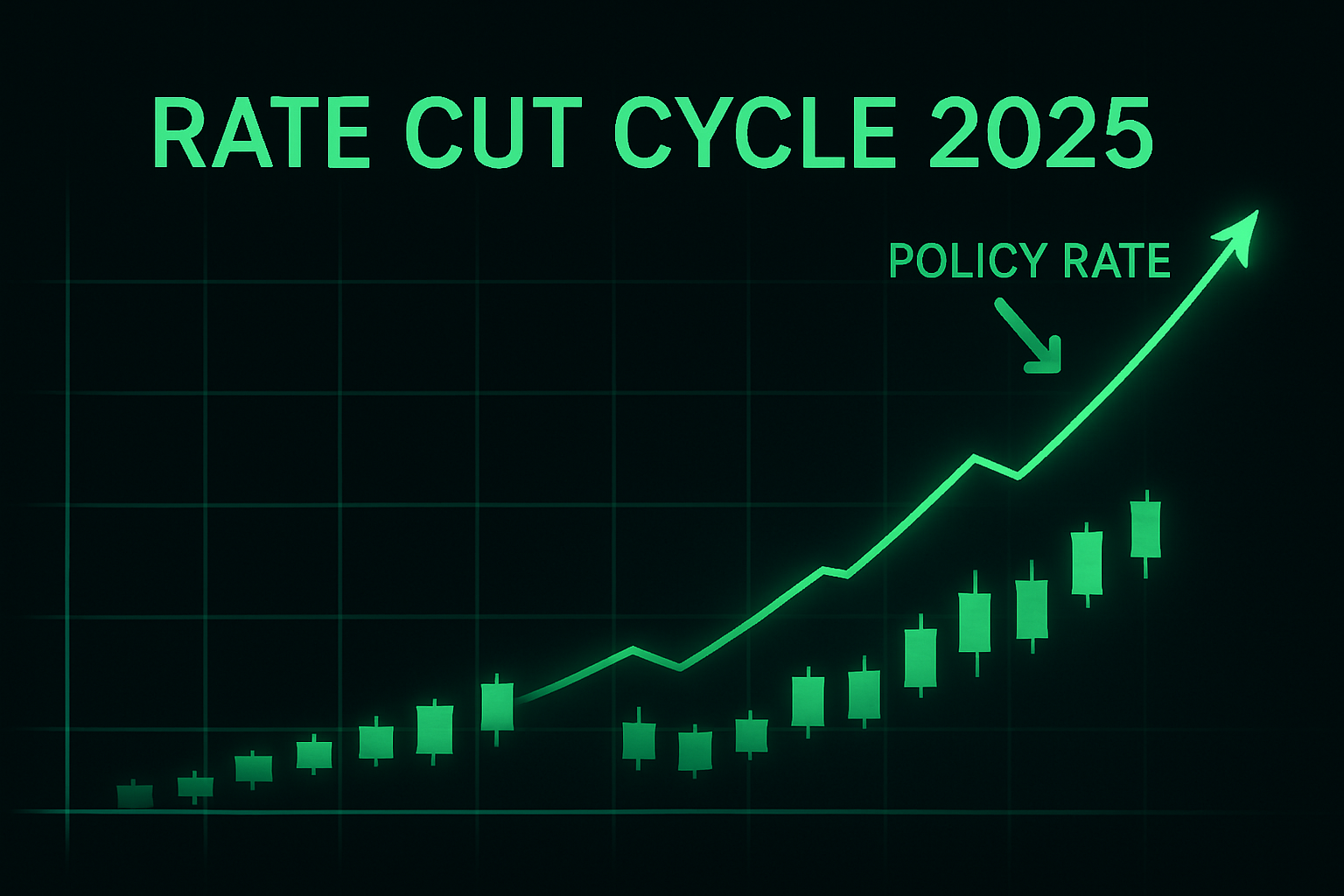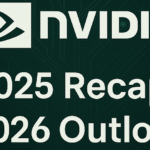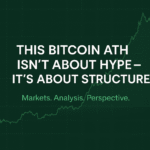Are AI stocks in a bubble — or finally entering their real cash-flow era? If the late 1990s taught investors how euphoria ends, 2009–2013 showed how genuine technology cycles compound. Today’s AI boom sits somewhere between those bookends — and the difference between 1999 and 2009 may decide whether investors face pain or patience.
A déjà vu moment for markets
In 2025, technology is once again the market’s gravitational center. Chipmakers and hyperscalers set the tone, software firms race to bolt “AI” onto their roadmaps, and every investor — from the retail trader to the pension fund — wants exposure. It feels familiar because it is: we’ve been here before. Yet this cycle’s architecture is different. The stack now runs from silicon to models to applications, and while revenues are real, prices often sprint ahead of productivity. That tension is where opportunity and risk coexist.
What 1999 got wrong (and why it matters now)
The dot-com bubble was a triumph of possibility over probability. Investors extrapolated a new medium — the internet — into a new economics where eyeballs were assets and losses were optional. Business models were half-built, capital was cheap, and valuation discipline vanished.
Today’s AI cycle differs in three crucial ways:
- Cash flows exist lower in the stack. Semiconductors and cloud providers sell tangible capacity with margins and contracts — not promises.
- Bottlenecks are physical. Growth depends on fabs, datacenter power, and trained models — slowing both exuberance and disappointment.
- Infrastructure endures. Even when front-end apps fade, compute and model layers remain essential, supporting the next wave of innovation.
Still, one rhyme remains: valuation gravity never left the building. When multiples imply perfection, the penalty for mere normality can be brutal.
What 2009 got right (and why it’s the bull case)
The post-GFC tech cycle was built on durable economics: recurring revenue, clear moats, and operating leverage. It was less fireworks, more flywheel. The “AI as infrastructure” thesis borrows that logic. Chips, cloud capacity, and foundational models monetize first; software and consumer apps follow. Productivity gains then ripple upward through the economy.
If this AI era rhymes with 2009, expect three features:
- Disciplined capex and real ROIC. Investors can track how each incremental dollar of compute converts to enterprise value.
- Standardization before scale. Open frameworks and APIs stabilize adoption — trimming hype, boosting efficiency.
- Visible profit pools. Leaders show sustained free cash flow and margin durability, not just top-line excitement.
The valuation checkpoint: pricing the revolution
Two truths coexist: the AI opportunity is enormous — and many AI leaders are expensive. Bubbles don’t require fake technology; they require investors paying tomorrow’s price for today’s uncertainty.
- Unit economics: Where are the sustainable margins — at silicon, cloud, or software?
- Cash conversion: Are revenues becoming free cash flow after capex, or just funding another capacity sprint?
- Customer diversity: Is demand concentrated among a few hyperscalers, or spreading across industries?
When valuations outpace these answers, volatility isn’t a bug — it’s a feature.
Narratives, FOMO, and the AI gold rush
Story beats data in the short run. That’s not cynicism — it’s psychology. Investors anchor to recent winners, extrapolate trends, and chase social proof. The feedback loop — headlines → inflows → prices → more headlines — is relentless. As the psychology of investing reminds us, the stronger the story, the weaker the patience.
The paradox: the more credible the long-term AI story becomes, the more markets rush to price it now — and the less forgiveness they allow for normal growth later.
1999 or 2009? The honest answer — and a practical one
It’s both. Parts of today’s market echo 1999 — crowded narratives, high valuations, speculative capital — while the infrastructure core resembles 2009, built on real demand and moats. The result: expect 1999-style drawdowns within a 2009-style multi-year buildout. That blend requires conviction and caution in equal measure.
Playbook: positioning for reality, not headlines
- Own the enablers, not the slogans. Compute, power, and model-access providers are the picks-and-shovels. Price them as cyclical, not infinite-growth assets.
- Distinguish substance from “AI-washing.” True pricing power comes from workflow displacement or cost savings — not marketing decks.
- Think in scenarios. Build base, boom, and bust cases. Position sizing should survive all three.
- Use corrections as filters. Market pullbacks reveal the real builders. Accumulate those; let hype burn off the rest.
Where the next compounding hides
Power and latency layers: Energy, cooling, and connectivity are becoming the new profit pools. If compute is oil, power is the pipeline. Companies solving these bottlenecks could earn steady, regulated-like returns.
Domain-specific AI: Horizontal hype will give way to vertical execution — healthcare coding, industrial automation, finance ops. Margins come from ownership of critical workflows, not just model brilliance.
Security and governance: As AI embeds deeper into enterprise systems, budgets follow risk — compliance, traceability, and model assurance will drive the next spending wave.
Risks beyond the spreadsheet
Policy and geopolitics: Export controls, subsidies, and election-year posturing can redraw supply chains overnight. Concentration risk — by geography or supplier — deserves a discount.
Talent bottlenecks: Scarce technical skills inflate costs and delay delivery. If hiring is the moat, the moat is fragile.
Customer concentration: When a handful of hyperscalers drive demand, cycles amplify. Great on the way up, merciless on the way down.
Fact-check: sources and data
- Index context: Nasdaq CTA Artificial Intelligence & Robotics Index (NQROBO) overview.
- NVIDIA results: Q2 FY26 press release (Aug 27, 2025).
- TSMC IR hub and Q3 2025 materials: Investor Relations and Quarterly Results page.
- Policy/productivity context: IMF blogs on AI’s macro impact — Jan 14, 2024 and June 17, 2024.
Where we go from here
The question isn’t whether AI is real — it is. The real question is who captures the economics, for how long, and at what price you’re buying that future. Parts of this trade will feel like 1999 on the way up — and on the way down. The lasting winners will look more like 2009: less spectacle, more compounding. Position accordingly.





